Two new studies focus on finding new ways to stabilize proteins called HIV-1 surface antigens and in designing HIV-like particles to prompt the body to fight the real virus.
Read More

Two new studies focus on finding new ways to stabilize proteins called HIV-1 surface antigens and in designing HIV-like particles to prompt the body to fight the real virus.
Read More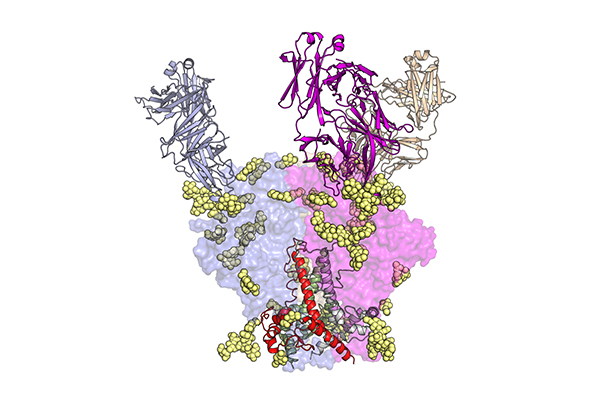
In a new study, a team led by scientists at The Scripps Research Institute (TSRI) tracked how a family of potent HIV-fighting antibodies develops over time. The research shows how a future vaccine might trigger the immune system to produce these antibodies more effectively.
Read More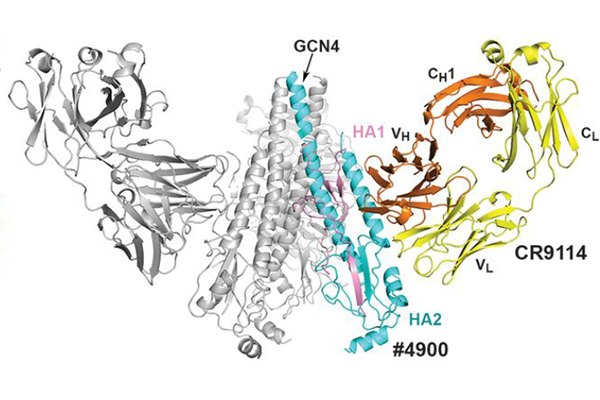
Scientists from The Scripps Research Institute (TSRI) and the Janssen Pharmaceutical Companies of Johnson & Johnson (Janssen) have found a way to induce antibodies to fight a wide range of influenza subtypes—work that could one day eliminate the need for repeated seasonal flu shots.
Read More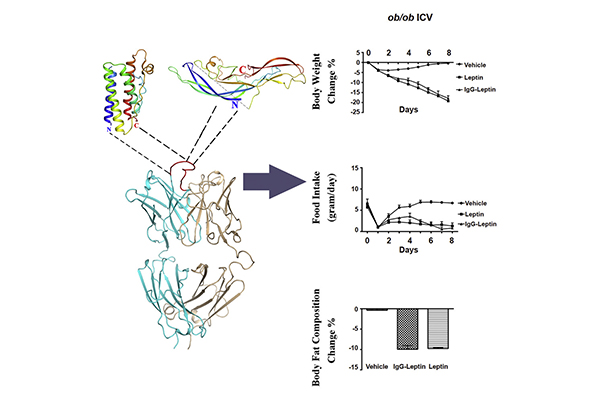
Scripps Research and Rockefeller Scientists Work on Obesity Therapy as Proof-of-Principle.
Read More
Cocaine-binding antibodies have shown some promise in their ability to neutralize cocaine toxicity, but their binding ability is severely impaired by high concentrations of the drug.
Read More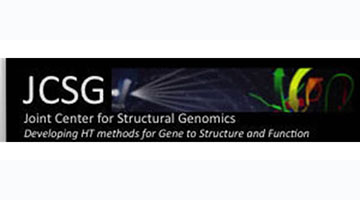
The JCSG investigators have incorporated new methods and technologies into an effective robotic pipeline for producing proteins and determining structures. Their efforts will advance the goals of the Protein Structure Initiative and lead to many benefits for the scientific community,” said John Norvell, director of the Protein Structure Initiative.
Read More
The structure reveals details of TLR3 that have never been seen before, an essential step toward fully understanding the critical role this protein—and other TLRs—play in the human innate immune system to rapidly detect invading pathogens
Read More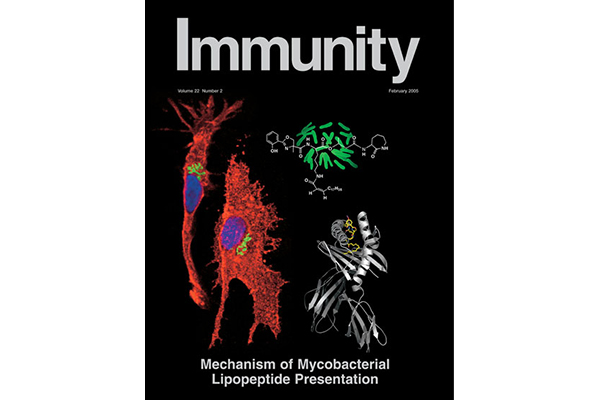
The first such structure of a CD1 molecule with a microbial antigen bound. It is also the first time the structure of a lipopeptide that is presented to the immune system has been solved
Read More
“This antibody is very broadly active,” says Scripps Research Professor Dennis Burton, who led the research with Scripps Research Professor Ian Wilson. “It neutralized nearly 100 different viral strains of HIV from all over the world. [During tests in the laboratory], every one of them was neutralized.”
Read More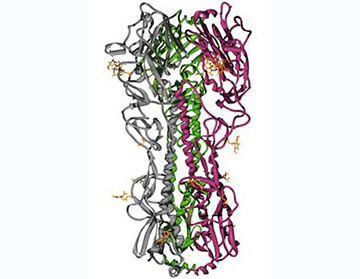
“This opens the door to the possibility of using the glycan array as a surveillance tool for monitoring individual strains of influenza in birds and humans,” says Paulson, who is the director of the Consortium for Functional Glycomics at The Scripps Research Institute.
Read More